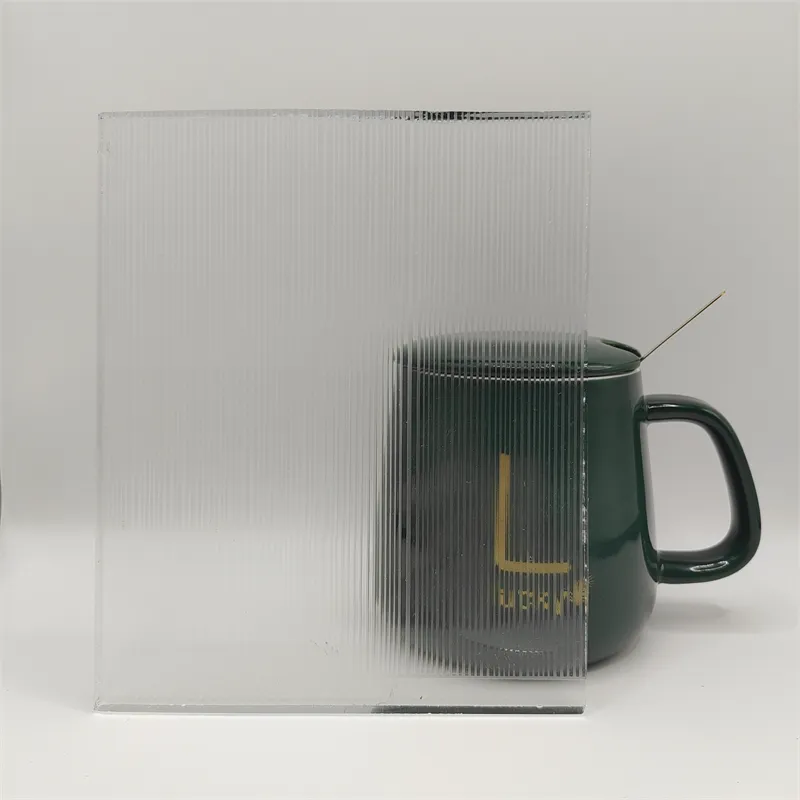Dec . 12, 2024 02:58 Back to list
chemical to etch glass
Understanding Chemical Etching of Glass
Chemical etching of glass is a fascinating and intricate process that utilizes chemical substances to create designs, patterns, and textures on glass surfaces. This technique is widely used in various industries, including art, architecture, and manufacturing. By employing specific chemicals, artisans and manufacturers can achieve a range of effects, from smooth frosted finishes to intricate, detailed images.
The Basics of Glass Etching
At its core, glass etching involves the reaction of a chemical etching agent with the silica in the glass. Most commonly, hydrofluoric acid (HF) is used for etching due to its ability to react with silicon dioxide, the primary compound in glass. This reaction effectively removes layers of the glass surface, thereby creating a textured or patterned effect. While HF is the most prevalent etching agent, other substances, such as cerium oxide and specific alkalis, can also be used depending on the desired effect and the type of glass being treated.
Safety Precautions
Chemical etching involves handling hazardous materials, particularly hydrofluoric acid, which is highly corrosive and can cause severe burns. Therefore, safety precautions are of utmost importance. Proper protective gear, including gloves, goggles, and face shields, should be worn at all times. Additionally, working in a well-ventilated space or under a fume hood can help minimize the risks associated with chemical fumes and spills. Understanding the properties and hazards of the chemicals being used is essential for ensuring safety during the etching process.
The Etching Process
chemical to etch glass

The chemical etching process can be broken down into several key steps. The first step involves cleaning the glass surface to remove any dust, grease, or oil that could interfere with the etching. Once cleaned, a resist material, such as a stencil or a vinyl film, is applied to the glass. This resists the chemical action of the etchant in the areas where etching is not desired.
Next, the glass is submerged in or sprayed with the etching solution. The duration of exposure to the etchant will determine the depth and clarity of the etch. Longer exposure times will produce deeper etching effects, while shorter times will result in more subtle textures. After the desired etching effect is achieved, the glass is thoroughly rinsed to remove any residual chemicals, and the resist material is peeled away, revealing the intricate design that has been etched into the surface.
Applications of Chemical Etching
The applications of chemical etching on glass are vast and varied. In the world of art, glass artists use etching to add dimension and elegance to their work. Detailed landscapes, intricate patterns, and even photographs can be expertly rendered onto glass surfaces, transforming ordinary pieces into stunning works of art.
In architectural applications, etched glass is often used for both functional and aesthetic purposes. It can provide privacy while still allowing light to pass through, making it an excellent choice for windows, partitions, and skylights. Additionally, etched glass can be used in signage, enhancing visibility and branding for businesses while maintaining a sophisticated appearance.
Conclusion
Chemical etching of glass is an art form that combines science and creativity. By leveraging chemical reactions, artists and manufacturers can fabricate beautiful and functional glass products that are both durable and visually striking. While safety and proper handling of chemicals are crucial, the end results—whether in artistic pieces or architectural features—showcase the extraordinary potential of this technique. As technology advances, new methods and materials will continue to emerge, further expanding the possibilities within the realm of glass etching.
-
Safety and Style with Premium Laminated Glass Solutions
NewsJun.24,2025
-
Reinvents Security with Premium Wired Glass
NewsJun.24,2025
-
Premium Float Glass Line for Modern Architecture
NewsJun.24,2025
-
Low Emissivity Glass for Energy-Efficient Architecture
NewsJun.24,2025
-
High-Performance Insulated Glass Solutions for Modern Architecture
NewsJun.24,2025
-
Elevates Interior Style with Premium Silver Mirror
NewsJun.24,2025
Related PRODUCTS














